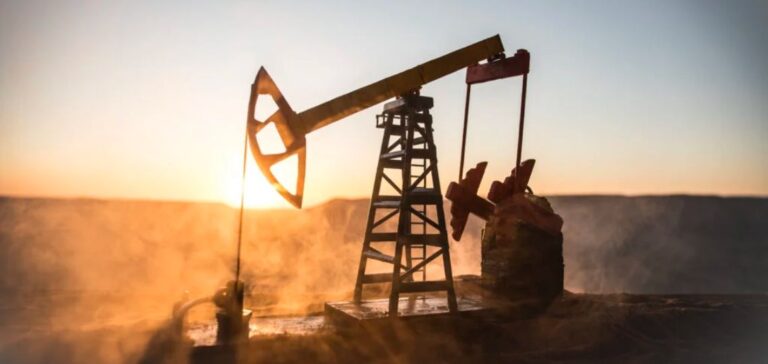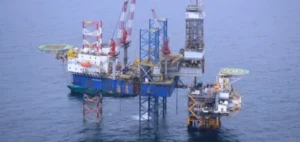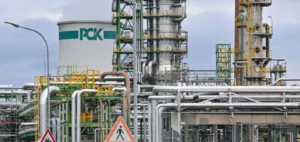Oil prices were recovering on Tuesday, after approaching eight-month lows the previous day, driven by reopenings in China and Opec+ production below its August quotas.
By 09:15 GMT (11:15 in Paris), a barrel of North Sea Brent crude for November delivery was up 0.63% to $92.58. The barrel of U.S. West Texas Intermediate (WTI) for delivery in October, which is the last day of quotation, rose by 0.54% to 86.19 dollars.
“Oil prices have stabilized … as investors assess the dimming global outlook, with interest rates expected to rise again this week, which should limit global demand,” commented Susannah Streeter, an analyst at Hargreaves Lansdown.
The Monetary Policy Committee of the Fed, the U.S. central bank, is scheduled to announce its monetary policy decision on Wednesday.
“Its primary objective is to contain inflation, even if it comes at the cost of short-term economic pain,” says Tamas Varga of PVM Energy.
The markets are expecting another sharp rise in interest rates, which could then weigh on demand.
For Susannah Streeter, however, prices are being supported by the easing of Covid-related restrictions in China, “with the huge city of Chengdu liberated and 21 million people allowed to resume their lives,” she says.
In Hong Kong, the chief executive promised announcements on Tuesday regarding the lifting of strict health restrictions that have been in place for more than two years, much anticipated by residents and the business sector, even as the city implements a more relaxed version of China’s “zero Covid” strategy.
Another supporting factor is that Opec+ (the Organization of the Petroleum Exporting Countries and their allies) failed to meet its August target, producing 3.583 million barrels per day less than the announced target, according to an internal document cited by Reuters.
This is a reminder “once again to the markets of the difficult conditions in which we continue to operate,” and brings supply concerns back to the forefront, said Craig Erlam, an analyst at Oanda.






















